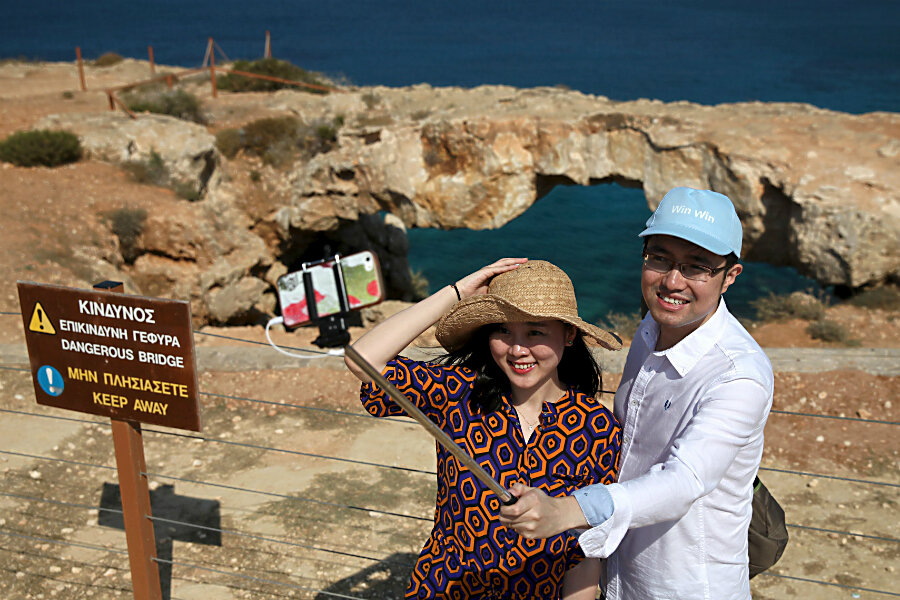Why Disney is banning selfie-sticks from its theme parks
Loading...
Disney has officially banned the selfie stick inside its theme parks, joining a growing number of global tourist attractions to take the measure.
Disney officials announced Friday that guests will not be permitted to bring selfie sticks into any of the Walt Disney World theme parks due to safety concerns.
“We strive to provide a great experience for the entire family, and unfortunately selfie sticks have become a growing safety concern for both our guests and cast,” Disney spokeswoman Kim Prunty told the Orlando Sentinel.
The Sentinel reported that the new policy goes into effect June 30, at both Walt Disney World in Florida and Disneyland Resort in California. The ban begins on July 1 at Disney parks in Paris and Hong Kong.
Visitors will check their selfie sticks at the front gate and pick up their item when leaving the park, but signs in the parking lots will encourage them to leave the sticks in their cars.
Other items prohibited in Disney World include skateboards, wagons, folding chairs, shoes with build-in wheels, suitcases, and glass containers, according to its official website, which also lists “other items that we determine may be harmful or disruptive.”
According to reports this week, a roller coaster at the Disney California Adventure Park was temporary halted after a passenger hazardously pulled out a selfie stick while riding.
The sticks have been banned at a growing list of places. In March, the Smithsonian museums told visitors to leave them at home, calling it a “preventive measure to protect visitors and objects, especially during crowded conditions”
The tools are used to improve smartphone camera snapshots, but critics say they obstruct views and can be potentially dangerous. Other places that have put limits on the selfie sticks include New York's Metropolitan Museum of Art, the Coachella music festival, London's National Gallery, and English Premier League soccer stadiums.







